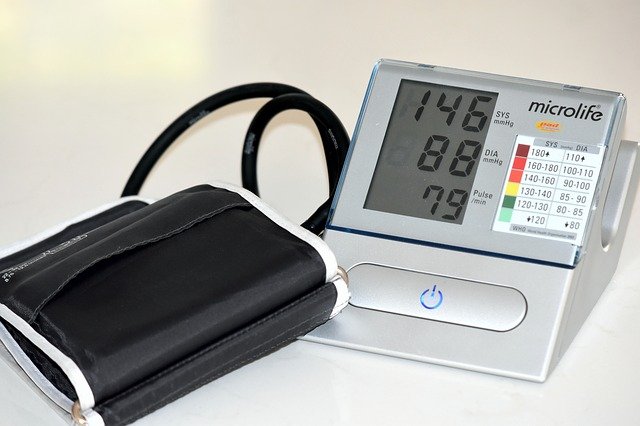The Encyclopedia of Blood Pressure Cuff Materials
What makes a good fabric? Also, for what reason do producers provide countless options of cuff fabric? Picking the right textures for clinical tools can be a bit complex. Clinical gadget makers invest a ton of work considering tissues like where the device will be applied, how frequently it will be employed, what it will be cleaned with, who will utilize it and how it communicates with human tissue.
Many producers buy the segments of the blood pressure screen independently, then put together and bundle the unit available to be purchased. Each part has its assembling and assembly cycle. The contracting cuff, or bladder, is made by heat fixing two flexible sheets together to make an elastic band. A tubing fitting is integrated into this sealing cycle, creating a link for the air supply. A textile covering is then sewn to the bladder by customary strategies. Of course, the fabric always makes all the difference in the error margin of blood pressure measurement.
 The Importance of the Cuff
The Importance of the Cuff
Precise pulse (BP) estimation is a basic essential for great handling of hypertension, aside from the strategy used. Using too restricted or very short bladders may cause overestimation of BP, an issue frequently neglected by many specialists when estimating BP in overweight patients.
The pressure dispersion under a cuff relies on the sort of textile utilized for its production (woven or non-woven) and related properties. Different kinds of pressure sleeves can’t turn in a similar worth of pressure because of the way that interface pressure under a specific sleeve relies upon the mathematical design and mechanical properties of the cloth used for its production.
To eliminate errors in the presently accessible BP evaluation pressure cuffs, it is beneficial to make uniform mechanical and mathematical design properties of the textiles employed for blood pressure cuffs production.
Improving Single-Patient-Use Model with Disposable Blood Pressure Cuff
When deciding to make our most recent line of blood pressure sleeves, we searched for unmistakable qualities—something that the patient could wear right on their skin, that could be completely cleaned a few times and that was strong.
As you can see on this website, we needed to guarantee that the selected material didn’t suppress its purpose either. At long last, we found a material that was sufficiently cheap to be employed in medical facilities. In contrast to other expendable cuffs, it’s made of 100% polypropylene, and because of its lightweight, the sleeve additionally costs less to ship and discard, making the costs drop quite dramatically and improve the yearly budget of all types of hospital facilities.
Conclusion
A modern blood pressure sleeve should be innovated in such a way that it applies the known estimation of pressure over the arm and afterward onto the artery for precise assessment of blood pressure. Soft sleeves have superior strength, are lighter, and have lower costs. Still, for these delicate cuffs, the utilization of a tronco-conical shape might be the best in overweight people or if they must be applied on a wide scope of arm circumferences.







This is really interesting. My blood pressure tends to run pretty high.
I have been dealing and watching my with high blood pressure for years. Thanks for this interesting article.
This is such an informative post, thank you so much for sharing! My dad has one of these at home to check his, he is on medication for high blood pressure.